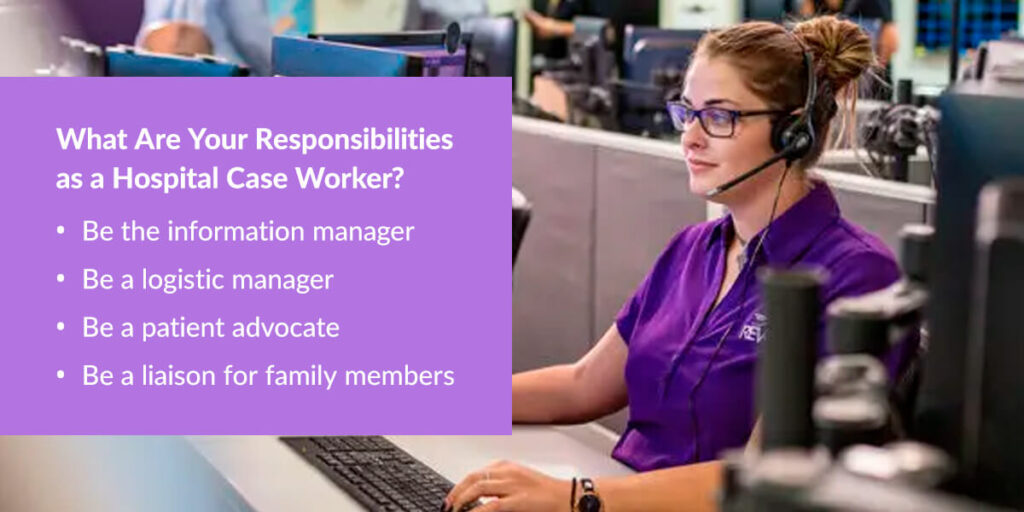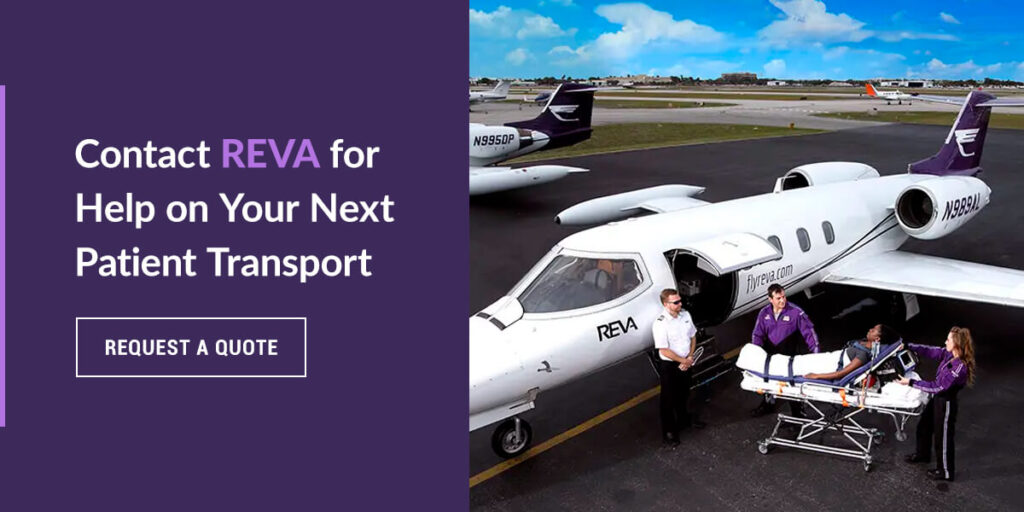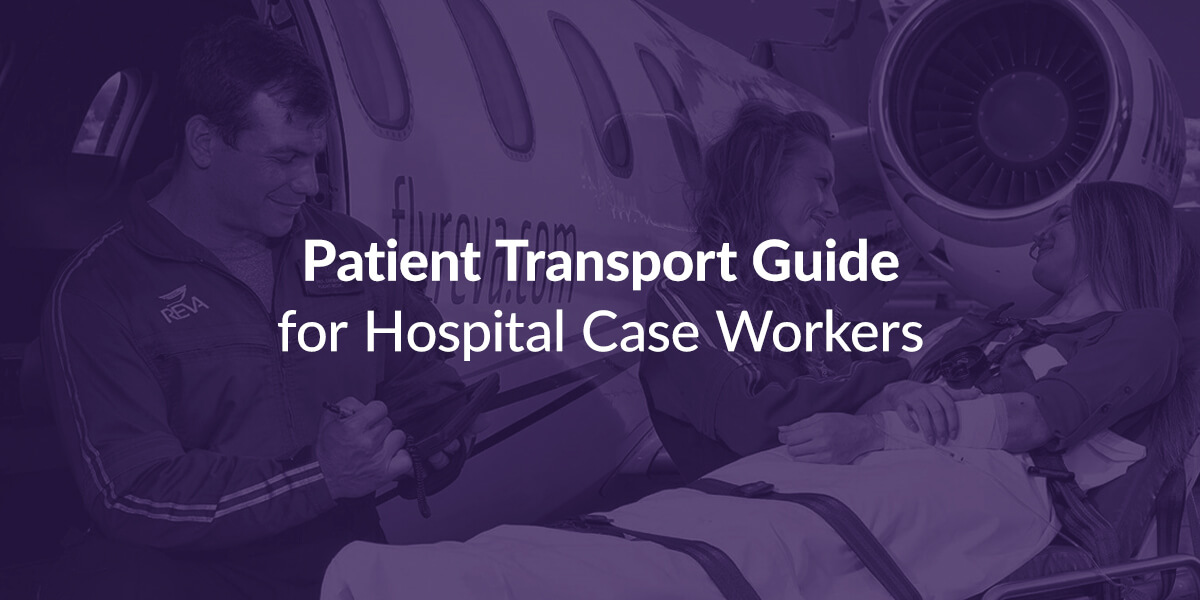Each day, patients receive life-saving medical care in hospitals and other healthcare facilities around the world. But sometimes, a patient’s current location may lack sufficient equipment or medical personnel to help them. In these instances, the proper medical staff must transport the patient to the necessary location so they can receive the care they need.
A patient transport manager has the responsibility to ensure they and their staff follow the protocol needed for the safe and dignified transportation of patients. This includes knowing how to transport patients and even how to book patient transport when off-site locations are needed.
When May Patient Transport Be Needed?
Patients require transportation at various stages of their medical journey. As you read above, a patient’s transportation needs can be as near as another room in the hospital to as far as another town or state. It all depends on the patient’s needs. And in those moments, patient transport staff must be ready for the call.
Here are some examples of when patients may require transportation:
- Being taken from the ambulance to the emergency room
- Changing hospital rooms
- Going from their hospital room to another room for a test or surgery
- Being rushed from their current room to the intensive care unit (ICU)
- Being taken back to an ambulance for transfer to another hospital campus for specialized care
- Being flown to a farther hospital for specific medical needs

What Are Your Responsibilities as a Hospital Case Worker?
You have many duties as a hospital case worker. Here are some of the roles you must accomplish:
- Be the information manager: When you receive word that a patient needs transportation, you must gather and manage the information given to you. You’ll have to gather available medical records along with any required patient release forms. You should also locate the patient fact sheet for more information about the patient.
- Be a logistic manager: You’ll need to know more about the situation to make the right decisions during critical moments of patient transportation. This includes knowing if the situation is an emergency or a non-emergency. You should also know which modes of transportation are available for the patient’s unique case, whether it be an emergency or non-emergency.
- Be a patient advocate: During the transportation process, you have duties to ensure the patient is given the correct treatment. These include determining the current location of the patient, the type of medical personnel and equipment needed during transportation and the right mode of transportation for the patient. Modes of transportation can include ambulance, helicopter, airplane, etc.
- Be a liaison for family members: Patient transport can be a stressful time for the patient’s family, especially when the patient must travel a long distance. Be sure the family members have easy access to you for updates and information. You can also determine whether a family member can travel with the patient, but this is often at the discretion of the transportation provider.
How to Set up and Execute a Patient Transport
It’s important to follow the correct steps when transporting a patient. Here are the steps you should take to ensure a successful patient transport. The medical transport process will not always be the same, but these are the basic guiding principles.
1. Assess the Patient’s Needs
The first step in any patient transport scenario must be to assess the patient’s needs. Every individual has different needs, leading to every transport being different than the last. Here are some factors you should know before engaging in transportation:
- The need for IV poles
- The need for oxygen tanks
- The patient’s level of mobility
- Whether the patient is unconscious, semi-conscious or conscious
- The patient’s size
- The patient’s age
- The patient’s overall health and range of physical abilities
Knowing these factors and preparing for them will give the patient what they need during transport. These factors may also determine the mode of transportation used while decreasing the probability of an accident occurring. Having this information beforehand will also determine how many medical personnel will be needed to safely transport the patient.
2. Know Where the Patient Is Going
Obtain certified information regarding where you will be taking the patient. Transporting a patient often requires a lot of physical activity and mental preparation. It’s important to know where you will be taking the patient so you can gather the right personnel to get the job done.
You may also need to acquire the right mode of transportation at the patient’s new destination. This is crucial when bringing an individual to a vehicle that will take them to another location. Whether they need an ambulance or aircraft, you should gain this information before transporting them so you can be prepared. You may even be involved with chartering the correct vehicle for the patient.
3. Implement the Proper Patient Care Concepts
Patients and family members could be nervous leading up to their transportation time. It’s your duty to keep them at ease and maintain professionalism. Here are some essential steps to take when engaging the patient:
- Introduce and identify yourself to them to lessen their anxiety level.
- Have the patient confirm their identity to avoid transporting the incorrect person.
- For conscious patients, explain what the transportation procedure will look like to reduce their anxiety and promote a safe journey.
- Instruct patients to move slowly if they have use of their motor skills and remain still until instructed to move.
- Preserve the patient’s dignity by ensuring they stay covered. This will also help reduce their anxiety.
4. Consider Safety Parameters Before Transport
Bring along a checklist of safety measures to inspect before transporting the patient. Doing so will help keep the patient safe. Here are some elements you should inspect:
- See if the wheels of the patient’s transportation device can be locked.
- Ensure safety straps are available.
- Check if the side rails are high enough to prevent the patient from falling during transport.
- Make sure the IV poles can be transferred with the patient.
- Bring a rack or shelf for the transportation of an oxygen tank, if needed.
- Ensure the patient will fit in the given transportation device.
- See if you can accommodate the patient’s unique positioning needs.
- Make sure you can easily maneuver the transportation device.
- See if the transportation device has a clean history of inspections and maintenance reports.
5. Ensure Safety Measures During Transport
Once you’ve determined the patient and necessary devices are ready for transport, it’s time to begin moving the individual. Here are some steps you can take during transport to achieve a safe process:
- Take along the proper numbers of healthcare workers.
- Adjust furniture and potential obstacles along the way to keep the patient and healthcare workers safe.
- Lock the wheels of the transportation device any time you must come to a prolonged stop.
- Ensure IV and drainage lines remain functional throughout transportation.
- Maintain the patient’s dignity by keeping them covered throughout transport.
- Continue communicating with the patient to ease their anxiety.

Contact REVA for Help on Your Next Patient Transport
Times arise when a patient must be transported by air to reach their essential destination. In these moments, rely on REVA for efficient, safe and compassionate air ambulance transportation services. We can fly patients across the country or even overseas, and we give each patient in our service the highest quality care and treatment during their flight.
Our process makes transporting a patient easy for hospital case workers. We handle the complicated matters so you can focus more on the patient in your care. We invite you to contact us today for more information. We look forward to helping with your next air ambulance patient transport.

